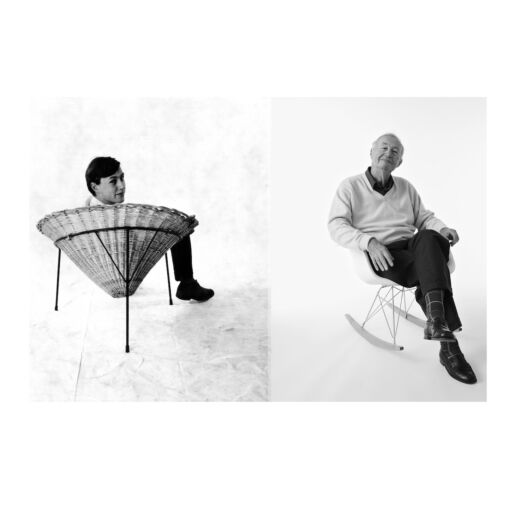FAREWELL TO TERENCE CONRAN (1931-2020)
Design Museum and Habitat founder Terence Conran was a charming figure, yet in the background was a spirit beyond his time and the mastermind of his self-proclaimed “modest” designs.
His is a life well-lived, one that inspired several generations. The acclaimed designer must have tainted his children with creativity and productivity at a young age because both his sons, Sebastian and Jasper Conran have emerged as successful British designers. His is a life that will be remembered with the initiatives and transformations he triggered. Terence Conran died on September 12th, 2020 at the age of 88, leaving behind masses who could feel proud of him. I’m sure such sophisticated and productive people of this calibre have friends in court. Because these people brighten up the world the longer they are among us.
British designer Sir Terence Conran was an innovative architect, restaurant owner and writer. He started his career by marketing his self-designed furniture. His first major break was working with Queen Elizabeth’s architect Dennis Lennon for the Festival of Britain in 1951. This became the first and last job he worked for a salary. While attending a textile design course at the Central School of Art and Design he occupied a workshop with Scottish pop-art pioneer Eduardo Paolozzi. This is where he became obsessed with the idea of reshaping the world of design which propelled him to become one of Britain’s most iconic figures.
In 1952, he moved into a Notting Hill basement where he founded Conran & Company to sell furniture. He founded Conran Design Group in 1956. His first project was the design of a store in Knightsbridge which happened to belong to fashion icon Mary Quant who changed the world with her mini-skirt design.
Conran opened his first Habitat store on Chelsea’s Fulham Road in 1964. Joining forces with his wife of the time Caroline Herbert, they supplied tasty and trendsetting furniture, art items and kitchen products to a generation who had recently come out of WWII. Habitat quickly gained popularity among younger clientele keen to leave behind the bland post-war atmosphere and enjoy modern designs at affordable prices. Conran introduced a contemporary perspective to household items and furniture. By 1966, Habitat had opened branch stores in Manchester, Brighton and Glasgow.
Habitat was Conran’s springboard into the retail market. In later years, as the founder of the Storehouse Group, he acquired the furniture line of the Heal brand and managed British Home Stores and Mothercare. At the age of 79, the designer returned to his roots in mass market retail with a new furniture collection for Marks & Spencer.
He wrote several books on design and food which made him one of the main figures who redefined trends in Britain.
Before Ikea hit the shores of the British Isles, Conran was on the market selling dissembled furniture for customers to reassemble in their homes.
In 1972, he opened the first ‘The Conran Shop’ on Fulham Road, at the exact place where he opened the original Habitat store. The Conran Shop soon opened branches in Paris, New York and Tokyo.
Undoubtedly Conran’s masterpiece is the Design Museum which he opened in 1989 inside an old banana warehouse in Butler’s Wharf. Conran received several awards in his lifetime for his dedication and support to the museum and his charitable character. In 2011, the Design Museum hosted a monographic exhibition focusing on the designer work to mark his 80th birthday.
Besides design, Conran was also an entrepreneur in gastronomy. In the 1950s, he opened Soup Kitchen and the Orrery in London. A series of other restaurants followed. In 1991 he founded the Conran Restaurants Group which operated restaurants, hotels and bars in London, Paris, New York and Japan.
With four marriages under his belt, Sir Terence Conran’s film-like life will remain as an inspiration for generations to come.


